When it comes to choosing the right plumbing material, understanding the differences between PPR (Polypropylene Random Copolymer) and PVC (Polyvinyl Chloride) is crucial. Both materials offer unique advantages and applications, but knowing which one is better suited for your needs can make a significant difference. This article delves into the key aspects of PPR and PVC plumbing, providing a detailed comparison to help you make an informed decision.
Durability and Longevity
Lifespan and Resilience
PPR plumbing is known for its exceptional durability and long lifespan. PPR pipes can last over 50 years without significant degradation, thanks to their resistance to corrosion and scaling. PVC pipes, while also durable, tend to have a slightly shorter lifespan, typically ranging between 25 to 40 years. Factors such as exposure to sunlight and extreme temperatures can accelerate the degradation of PVC.
Impact Resistance
Another critical aspect of durability is impact resistance. PPR pipes are highly resistant to physical damage and can withstand significant impact without cracking. This property makes PPR a suitable choice for installations in areas prone to mechanical stress. On the other hand, PVC pipes are more brittle and can crack under heavy impact or during installation, particularly in cold weather.
Temperature and Chemical Resistance
Temperature Tolerance
PPR pipes excel in applications that involve both hot and cold water. They can handle temperatures up to 95°C (203°F) without losing structural integrity. This makes PPR plumbing ideal for hot water systems and industrial applications. Conversely, PVC pipes have a lower temperature tolerance, usually up to 60°C (140°F). This limitation makes PVC less suitable for high-temperature applications.
Chemical Resistance
Both PPR and PVC offer good chemical resistance, but there are differences in their performance. PPR is highly resistant to a wide range of chemicals, acids, and bases, making it suitable for various industrial and chemical processes. PVC also has excellent chemical resistance but can be affected by certain solvents and hydrocarbons, which may limit its use in some industrial applications.
Installation and Maintenance
Ease of Installation
The installation process for PPR and PVC plumbing systems differs significantly. PPR pipes are joined using heat fusion, which creates seamless, leak-proof joints. This method is straightforward and results in strong, durable connections. PVC pipes, on the other hand, are typically joined using solvent welding or mechanical fittings. While solvent welding is effective, it requires careful handling of chemicals and proper ventilation.
Maintenance Requirements
Maintenance is another critical factor to consider. PPR pipes require minimal maintenance due to their resistance to scaling and corrosion. Their smooth inner surface reduces the likelihood of blockages, ensuring a consistent flow rate over time. PVC pipes may require more frequent maintenance, particularly in hard water areas where mineral buildup can occur. Additionally, the joints in PVC systems may need occasional inspection and resealing to prevent leaks.
Environmental and Health Considerations
Environmental Impact
PPR plumbing has a relatively low environmental impact. The production process generates fewer harmful emissions compared to PVC, and PPR pipes are fully recyclable. Furthermore, PPR does not release toxic fumes when burned, making it a safer option for both the environment and human health. In contrast, PVC production involves chlorine, which can lead to the release of harmful dioxins if incinerated.
Health and Safety
In terms of health and safety, PPR is an excellent choice for potable water systems. PPR pipes do not leach harmful substances into the water, ensuring safe drinking water. PVC pipes, while generally safe, can leach small amounts of chemicals like vinyl chloride monomer, especially if the pipes are exposed to high temperatures or UV radiation. This consideration is particularly important in applications involving drinking water and food processing.
Versatility and Applications
Range of Applications
Both PPR and PVC have their distinct areas of application. PPR is versatile and can be used in residential, commercial, and industrial settings. It is ideal for hot and cold water supply, heating systems, and even chemical transport. PVC, while also versatile, is more commonly used in drainage, waste, and vent systems, as well as cold water supply. The choice between PPR and PVC often depends on the specific requirements of the project and the environmental conditions.
Cost Considerations
Cost is always a crucial factor in material selection. PVC pipes are generally less expensive than PPR pipes, both in terms of material and installation costs. This cost advantage makes PVC a popular choice for large-scale projects with budget constraints. However, the long-term savings from reduced maintenance and longer lifespan can make PPR a more cost-effective solution over time.
Conclusion
In summary, both PPR and PVC plumbing systems have their unique advantages and limitations. PPR offers superior durability, temperature resistance, and ease of maintenance, making it ideal for a wide range of applications. PVC, on the other hand, is cost-effective and suitable for many standard plumbing needs, particularly in drainage and cold water systems. By understanding the differences between these materials, you can choose the best option for your specific requirements, ensuring a reliable and efficient plumbing system.
IFAN is a Chinese manufacturer of plastic pipes, fittings and valves with 30 years of experience. If you are interested in IFAN copper fittings, copper valves, plastic pipes and fittings, please contact us. IFAN offers you a variety of standard pipes to meet your specific needs. Click below to learn more about IFAN’s wide range of affordable and cost-effective valve products and piping system related products.
We will reply your email or fax within 24 hours.
You can call us at any time if there is any question on our production.
For more information,pls visit our webside https://pipefittingpro.com/
Pls Mailto: [email protected]
Whatsapp: + 86 19857948982

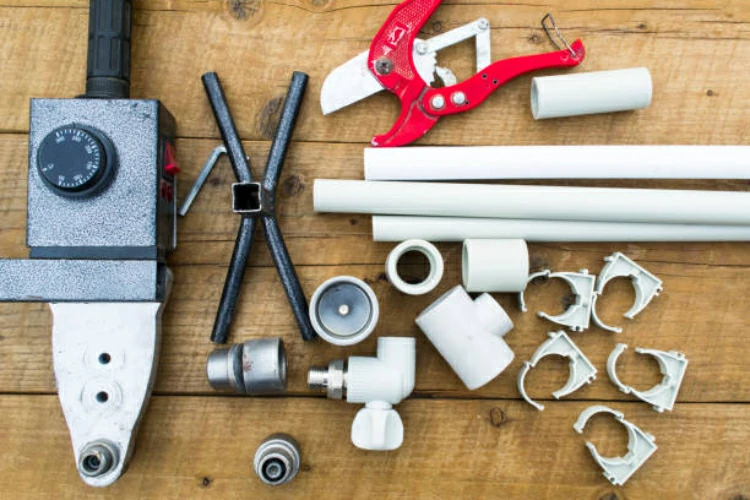
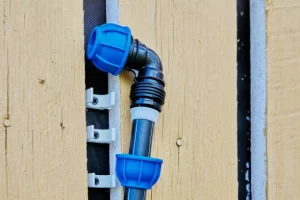
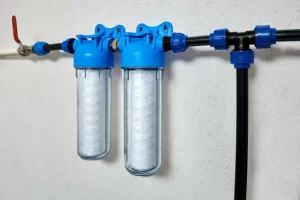
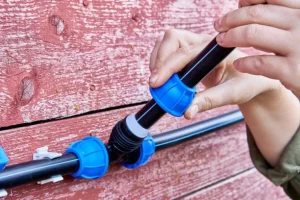
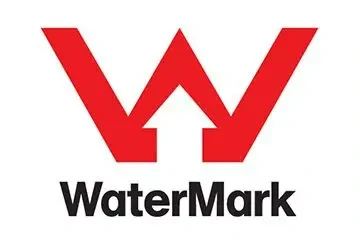

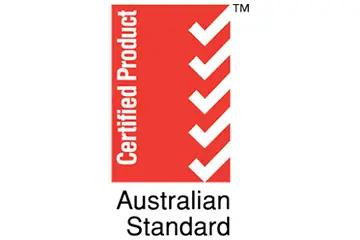
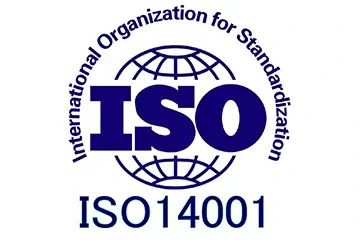

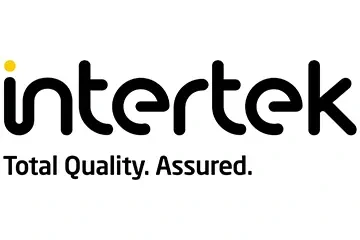


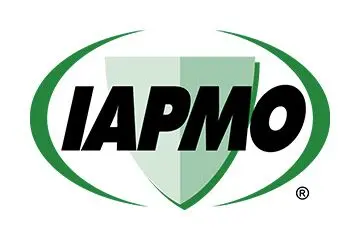
Recent Comments